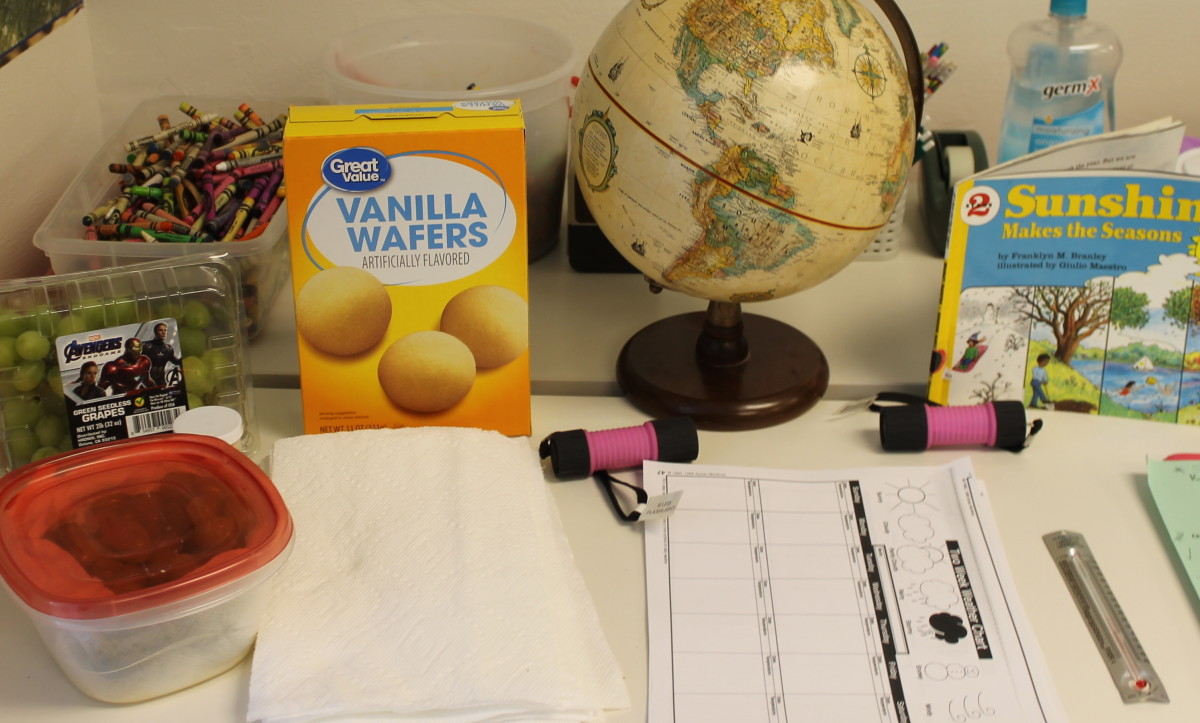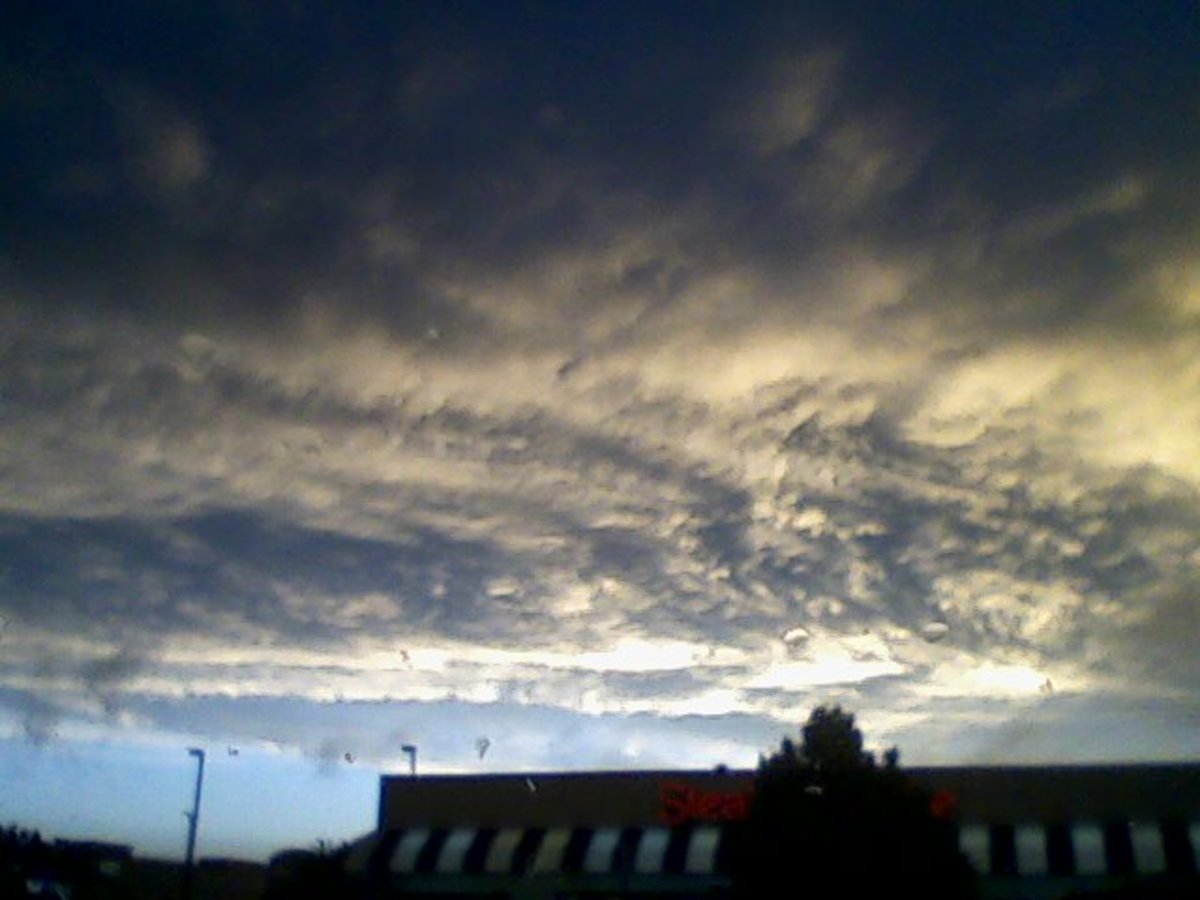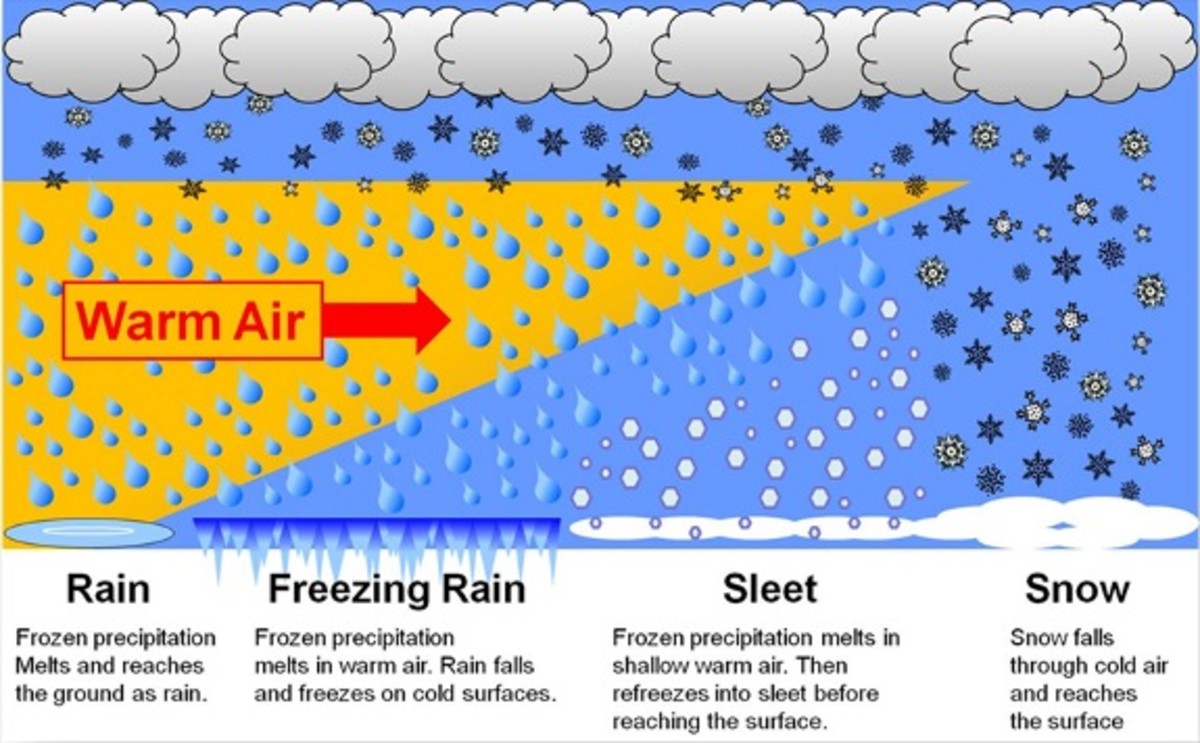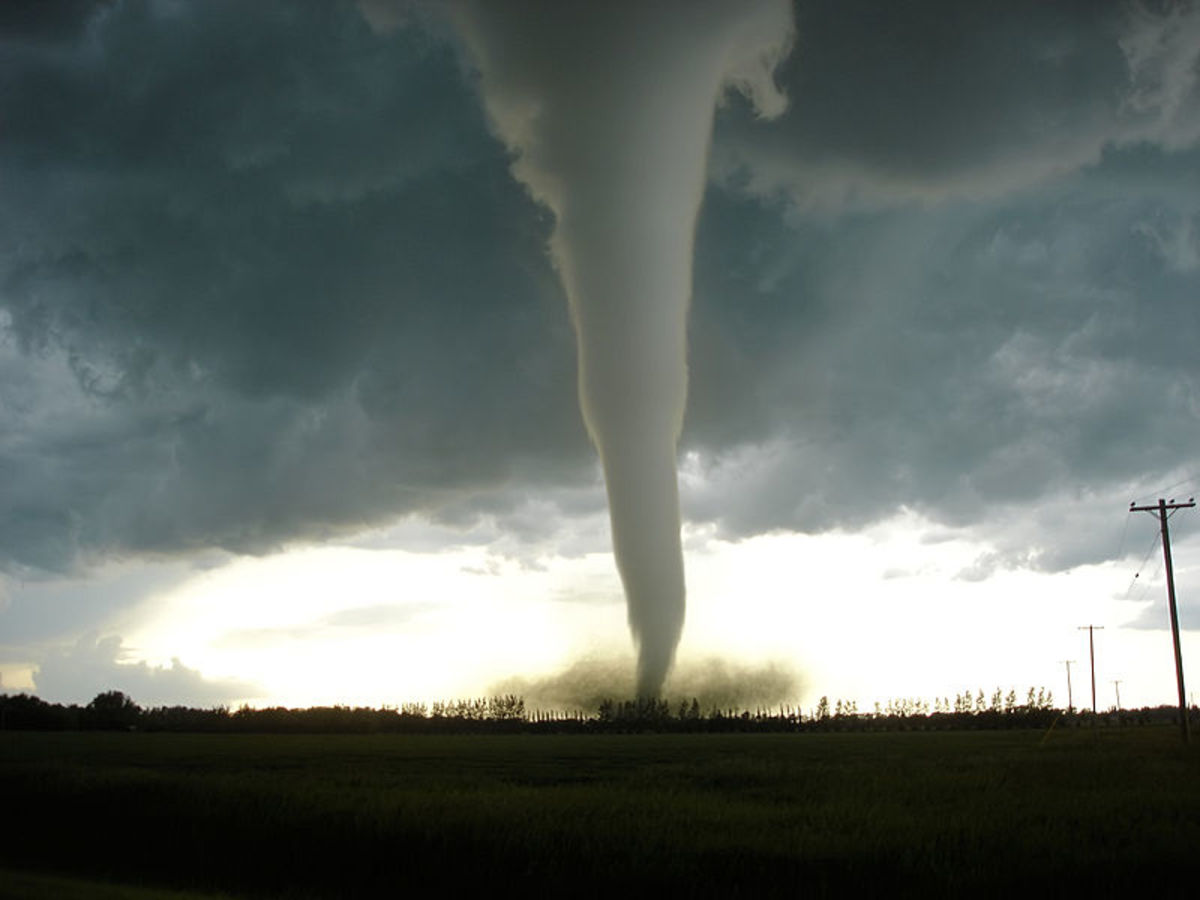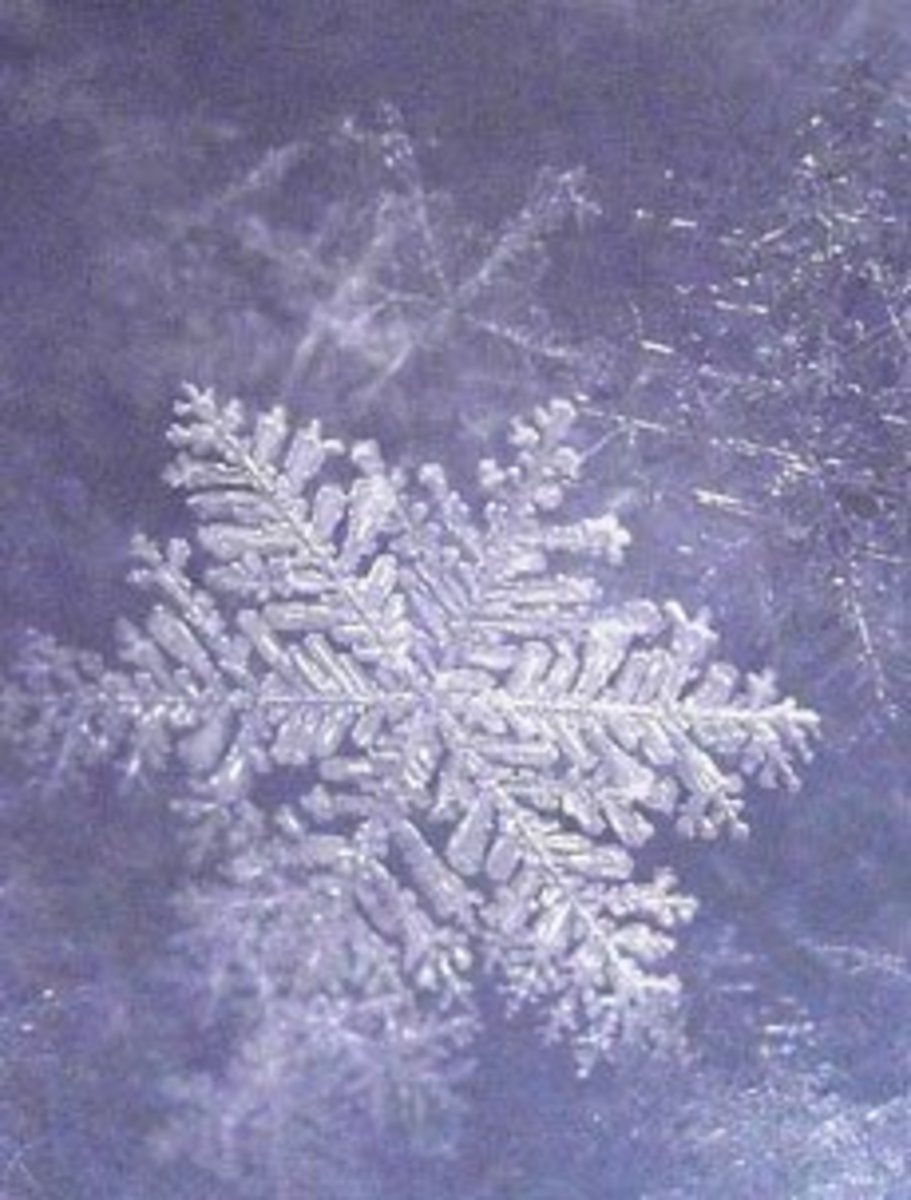How to Buy the Best Professional Weather Station For Home
Purchasing a weather station that fits your needs takes time and consideration. Weather stations come in many varieties. Prices start under $100 and head north fast as more features are added. You want a durable weather station that can handle the environment you plan on recording weather in.
Rather than focus on specific weather stations in this article, I will list the 10 most important considerations when buying a home weather station. When I say home weather station, I mean a weather station for personal home use with consideration toward professional uses in industry and agriculture.
The home weather station used for everyday needs does not require every feature known to man. Home units need to provide temperature and a few other basic pieces of information. Serious gatherers of weather information will want to move up the line to higher quality weather stations with multiple features. Industry and agriculture need a weather station with features important to their business needs. And professionals need a top of the line weather station covering all categories.
Any weather station you buy must meet your needs and remain operational in all weather conditions for years. Below are 10 items you need to consider before you buy a weather station.
#1 Statistics Measured and Recorded: Most weather stations will do the job for around the home, but if you want to record long-term results on a variety of weather variables, you need a higher-end weather station. Many popular professional weather stations have the ability to add specialty features to the station. For example, a farmer may desire a soil moisture sensor. Always check if the weather station you are interested in has expansion sensors available for your needs.
#2 Set up: Once you find a weather station to fit your needs, check the mounting options. Most weather stations set up easily on a pole or tripod that is anchored to a solid foundation. Some stations attach to buildings. Do not assume. Most weather station manufacturers sell mounting hardware separately.
#3 Computer Interface: Amateur weather observers are everywhere today. If you want to join this vibrant group, you want a weather station that has a computer interface. Quality weather stations for under $500 gather information and send it to a console and/or computer with options of sharing the information on the internet.
#4 Update Speed: Weather stations update variables at different rates. The faster the updates the better. Top line weather stations update temperature, humidity, wind speed, and more every few seconds. Lower priced home models may take as long as a minute. In agriculture and industry, speed is a consideration. Amateurs collecting weather data for official records also want faster update times.
#5 Transmission Distance: It is easy to understand that wireless weather stations have a limit to how far they transmit, but even cabled stations have distance limits. A cabled system can send data further. A wireless system can have relays, extending the distance data can be received.
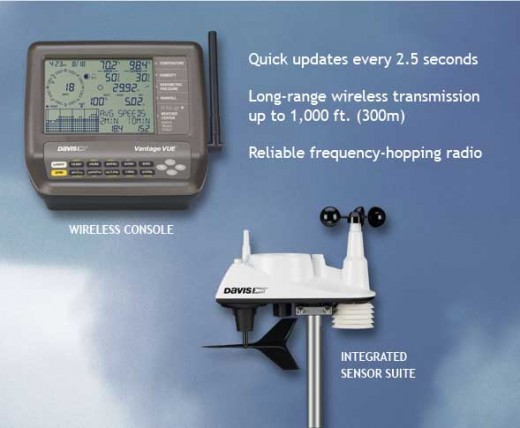
#6 Records: Gathering weather data is addicting. For professionals and amateurs alike, a weather station with more memory for storing historical data, the better. Some quality weather stations retain records over two years, other store nothing. A computer interface comes in handy for long-term storage of weather data.
#7 Graphs and Charts: A weather station that keeps historical data in memory or interfaced with your computer is now available for study. Check the number of graphs available and the types of charts in the computer software interfaced with the weather station. Limited charts and graphs are available at the station console in the better systems.
#8 Forecast: Today’s weather stations are able to predict the weather for up to two days with remarkable accuracy. Cheap stations use barometric pressure only in determining the forecast. The forecast accuracy is about the same as received over a beer at Bubba’s Bar and Grill. Quality weather stations use a dozen or more readings coupled with computer modeling to generate forecasts as accurate as the evening news.
#9 Location Limits and Alarms: If you plan on using your weather station in extreme environments, you should check limitations on your desired station. All weather stations have limits at the extreme. Most will not perform over 10,000 feet elevation; quality models will. Sensors also have limits. If you need a weather station for extreme heat or cold, check the limit where the station stops recording data. Also check unsafe wind speeds for your station.
Alarms are another important feature for agriculture and industry. When crops are on the line it is comforting to know your weather station will alert you if temperatures drop too low. A few weather stations have an option to add a soil moisture sensor. A weather station that alerts you to when it is time to irrigate is a valuable tool.
#10 Price: It's always about price. Right? Price is important compared to quality and features. The marketplace is full of adequate weather stations. I personally think Davis Instruments has the best weather station on the market for the money. I consider each issue above before buying a weather station. I understand the value of a good weather station growing up on a farm. The family livelihood was on the line then. Today, I am hooked on gathering and storing historical weather data.
There are so many ways to use a weather station. For under $50 you can get a nice station that records a few pieces of important information. Very good weather stations can be had in the $300-$500 range. Professionals can expect to pay more than $500, sometimes a lot more.



